Great Mitton
OS Grid ref:- SD715385
The attractive hamlet of Great Mitton lies in Lancashire's scenic Ribble Valley, it is separated Little Mitton by the River Ribble, both lie about 3 miles from the town of Clitheroe.
Great Mitton Hall
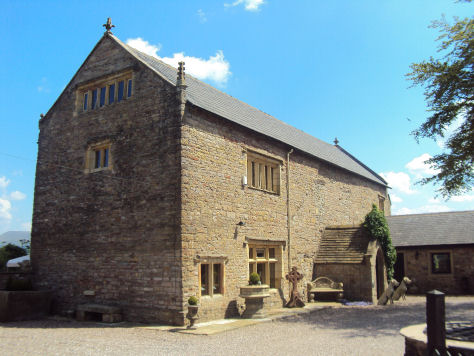

The settlement's name derives from the Old English word mythe, meaning a junction of rivers, referring to the confluence of the Hodder and Ribble Rivers on which it sits. The Domesday manor of Mitton encompassed both Great and Little Mitton, straddling lands on both sides of the Ribble. From the late eleventh century, it fell under the Lordship of Bowland. The first historical record of a church at Mitton comes from 1103 when a man with the name of Ralph the Red was the rector.
All Hallows Church and the view over to Pendle Hill from Great Mitton
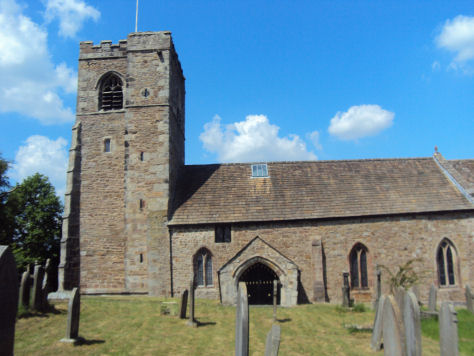
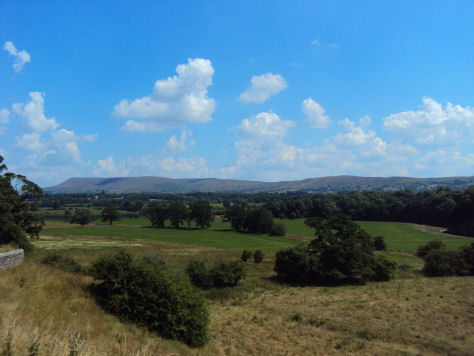
Great Mitton, which is set on a limestone hill overlooking the River Ribble, boasts an ancient church, All Hallows, said to be one of the finest in northern England, an ancient manor house and a pub, The Three Fishes, where in former times manorial courts were held, the pub derives its name from the coat of arms of Whalley Abbey. A second pub,The Aspinall Arms, is situated across the River Ribble in Little Mitton.
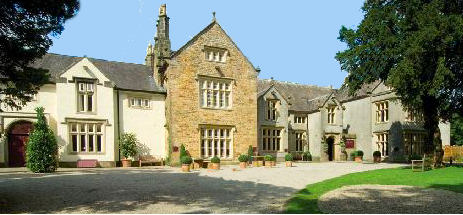 Medieval Great Mitton Hall, a Grade II Listed Building, dates back to the period between 1374 and 1393 and occupies the site of the original manor house of the Lords of Mitton manor.
Medieval Great Mitton Hall, a Grade II Listed Building, dates back to the period between 1374 and 1393 and occupies the site of the original manor house of the Lords of Mitton manor.
The hall stands adjacent to the twelfth century All Hallows Church. Now privately owned, the hall was built to house a group of priests in training and under the control of the Dean.
Great Mitton Hall boasts a superb garden and one of the finest views in Lancashire. There are stunning views to the river and Pendle Hill. The terraced gardens with herbaceous borders, lawn, topiary and raised lily pond, sympathetically surround the medieval hall (not open to the public). The gardens are open each year to visitors as part of the National Gardens Scheme, which raises money for various charities .
Mitton Hall, which was built in the fifteenth century by the Catterall family, now serves as a restaurant. The superb woodwork and part of the Minstrels' Gallery have been restored after being almost lost during the nineteenth century. It was restored in Victorian times by Ralph Aspinall.
All Hallows Church, Great Mitton
The oldest parts of the characterful All Hallows Church, a Grade I Listed building, (formerly known as the Church of St Michael) and one of the finest old churches in northern England, date back to the late thirteenth century. The tower was added in the early fifteenth century, followed by the north chapel in the sixteenth century. The church was sensitively re-furbished in 2000.

The first written record of a church at Mitton dates from 1103 when a man with the name of Ralph the Red was the rector. This Saxon church was probably made of timber and is believed to have been the first Christian church in the Ribble Valley.

The first impression on entering the church is that one steps down into it and the nave slopes downwards towards the chancel. The building has a west gallery and a splendid beamed ceiling. The chancel screen includes some medieval woodwork, relating the story of the Annunciation, which may have originated from Sawley Abbey after the abbey was dissolved in the reign of King Henry VIII.
In the chancel are a triple sedilia and a piscina.The East Window a fine example of intersecting tracery.
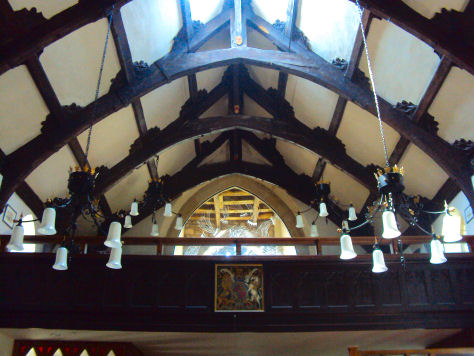
The chapel has an amazing assembly of recumbent effigies dating from 1594 to late seventeenth century to the Catholic Shireburne family of nearby Stonyhurst. The Shirburnes, descendants of the Norman Mittons, built the Shireburne Chapel at All Hallows’ church, set in the floor is a wooden trap door which covers the entry to their burial vault.
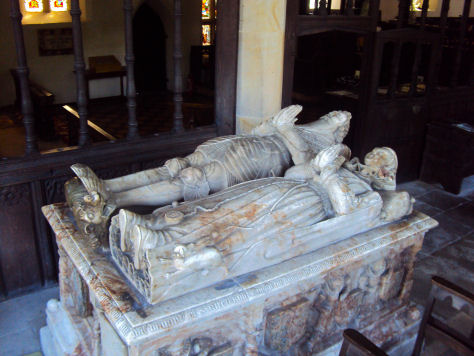
The ring consists of six bells. The earliest two were cast in 1567, possibly in France. These are followed by a bells of 1624 by William Oldfield, of 1726 by Samuel Smith II, of 1834 by Thomas Mears II from the Whitechapel Bell Foundry, and of 1872 by John Taylor and Company.
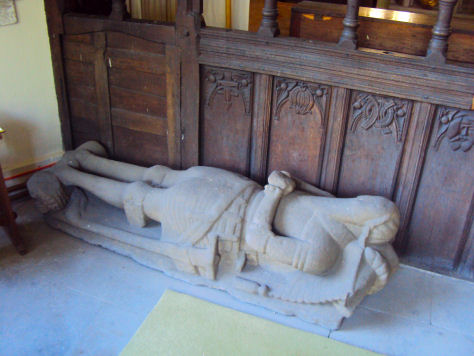
In the churchyard stands a sandstone sundial dated 1683, with a brass gnomon and plate. There is also is a cross of 1897 with a fourteenth century head, which was unearthed “shortly before 1801". It has a carving of the crucifixion on one side, and some curious figures inscribed on the other. There are stunning views from the churchyard down to the River Ribble and over Little Mitton.
Nearby places of interest
Whalley Abbey- founded by Henry de Lacy, third Earl of Lincoln on the 4th April 1296.
Lancaster Castle founded in the tenth century
Ashton Memorial in Williamson Park, Lancaster was commissioned by James Williamson, Baron Ashton as a tribute to his second wife, Jenny and was built between 1907 and 1909.
Butterfly House, Lancaster
Clitheroe Castle-Norman castle keep and museum, said to be one of the oldest buildings in Lancashire, and one of the smallest keeps in England.
